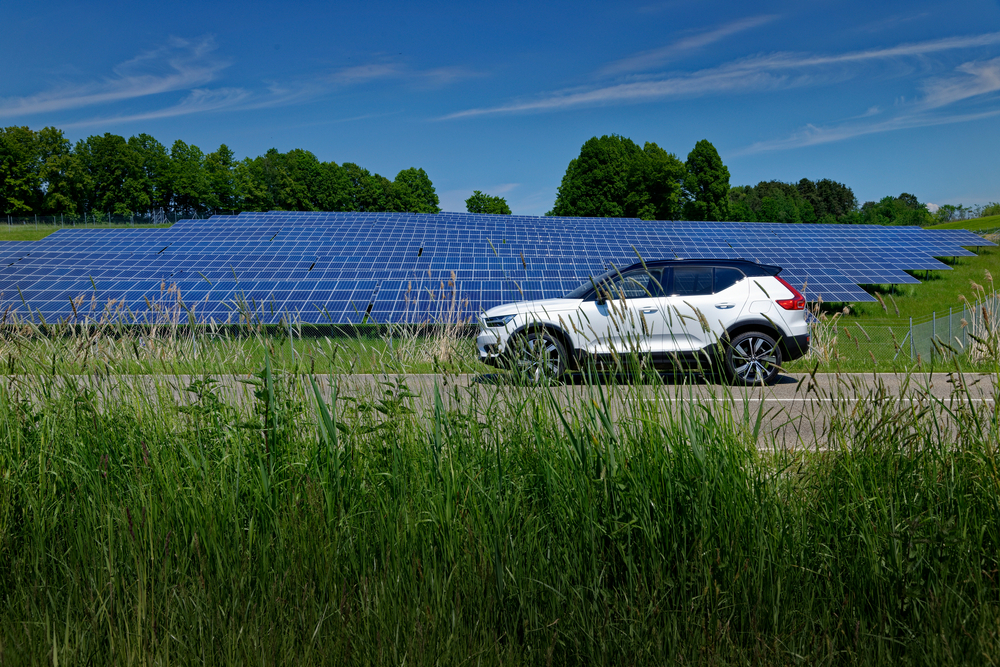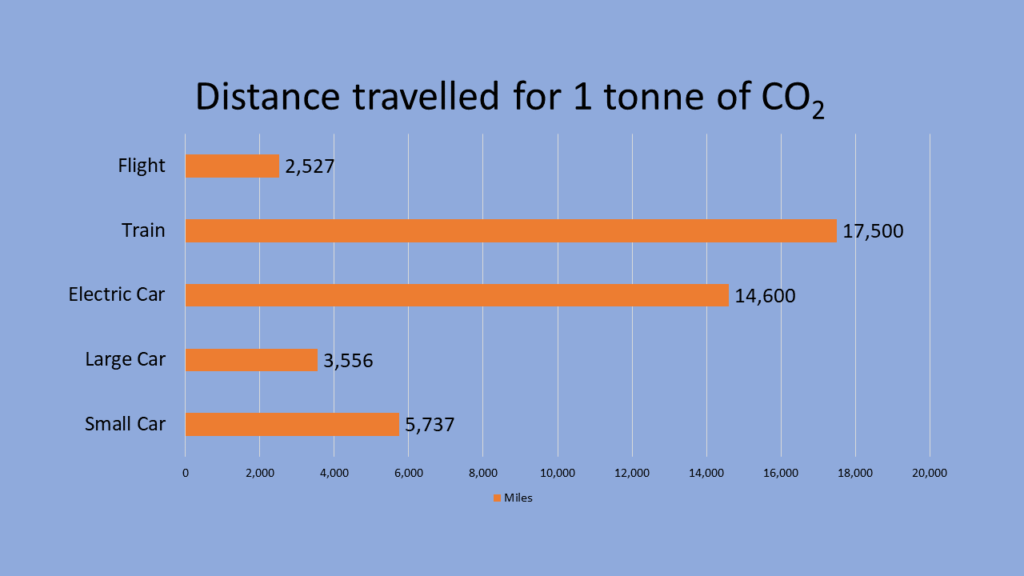Environmental Consequences Real-Time Costs Purchase Price Fuel Costs
Maintenance Costs Resale Value Incentives and Rebates 2017-2023 Study
Daily Environmental Considerations Regulatory Changes A Look at 2023 Leasing

From Cradle to Grave, it’s claimed to be the greenest car ever.
Volvo claims its latest vehicle, the EX30, is the most environmentally friendly car on the market.
This raises the question of whether European car manufacturers will use this as a new strategy to compete against low-cost Chinese electric vehicles or if the Chinese and Tesla brands have already moved on from this battle a long time ago.
When purchasing a new car, it’s important to consider ethical and practical factors; Take a look at our points to consider.
Environmental Consequences
Regarding the environment, there’s no denying that an electric vehicle (EV) is far more eco-friendly than a patrol car. Internal combustion engine (ICE)
Recent studies demonstrate the increasing importance of measuring whole-life carbon emissions to compare vehicle performance.
Although electric and hybrid cars produce more carbon emissions during their production than standard vehicles, they are still considered greener overall, according to a recent report by Ricardo.
The report emphasises the significance of considering the entire life cycle of carbon emissions when comparing the greenhouse gas emissions of low-carbon vehicles.
According to a study, although low-carbon vehicles help reduce CO2 emissions during use, their production and disposal can lead to increased emissions that partially offset these savings. Nevertheless, electric and hybrid vehicles still have lower carbon footprints than regular cars.
As an illustration, a standard family car of medium size emits approximately 24 tonnes of CO2 throughout its lifespan, whereas an electric vehicle (EV) generates only 18 tonnes throughout its life. The battery pack on an EV is responsible for 46% of its entire carbon footprint during manufacturing, even before it has covered any distance.

Significantly lower greenhouse gas
The analysis shows that all-electric powertrains, including Hybrids used in UK road vehicles, are expected to have significantly lower greenhouse gas (GHG) impacts across all vehicle types. Battery electric vehicles (BEVs) consistently perform better than all other powertrains.
Due to the UK’s very clean electricity mix, a typical battery electric car is estimated to save 65% GHG emissions compared to an equivalent conventional petrol car.
Plus, Improvements in battery technology, battery manufacturing and end-of-life treatment are projected to significantly reduce the LCA GHG emissions of BEVs in the future: o By 2030, BEVs are estimated to deliver a 76% GHG reduction compared to an equivalent.
A battery replacement is not usually expected to be needed for BEV cars and vans over normal operational lifetimes, with current technology and battery re-cycling techniques constantly improving.
Electric Vehicle Real-Time Costs
Comparing the long-term costs of Electric Vehicles (EVs) and Internal Combustion Engine (ICE) vehicles involves various factors that can impact the overall cost of ownership over time. Here’s a breakdown of some key factors to consider:
Purchase Price
Generally, EVs tend to have a higher upfront cost compared to ICE vehicles due to the cost of battery technology. However, the price gap has narrowed as battery technology improves and economies of scale are realised.
When leasing a car, the screen price becomes less relevant compared to when you are purchasing a car outright. This is because the lease cost is based on different factors. For Example, Residual Value, Cost of Money, and Quantity Rebates.
Fuel Costs
EVs are more energy-efficient and have lower operating costs regarding “fuel” expenses. The cost of electricity per mile is usually much lower than the cost of petrol or diesel fuel.
Over the last 6 years, the mean fuel price has been around £1.30 per litre or £5.90 per gallon; currently, the price is average at £1.40 pl or £6.35 pg. With an average family saloon of 45mpg, you will pay out £141 per 1,000 miles.
Simerly fluctuating electricity prices have increased per kWh on public fast chargers to around 45p per kWh. So typically, a similar size family EV with a 60kWh battery car that gives a real-time range of 250 miles, that same 1,000-mile journey will cost £108.
However, if you charge from home (overnight) and fix an off-peak tariff (British Gas, Octopus), it can be as low as £.094p per kWh/ the same journey would cost around £22. Do your research.

Electric Vehicle Maintenance Costs
EVs have fewer moving parts than ICE vehicles, often leading to lower maintenance costs. There is no need for oil changes, cam-belt replacement and brake wear are reduced due to regenerative braking systems. However, the cost of battery replacement can be a significant long-term consideration.
Most manufacturers have an 8-year warranty on batteries, and the longevity of the batteries is, according to Nissan, proving a lot better than was predicted, as are the recycling opportunities.
Resale Value
Currently, EVs often depreciate faster than ICE vehicles. However, this trend might change as EV technology becomes more mainstream and widely accepted. However, long-term residuals are favourable for leasing companies.
Incentives and Rebates
Many regions offer incentives, tax credits, and rebates for purchasing EVs, which can help offset the higher initial cost. This was exceptionally successful in Norway, which currently has an 80% EV take up These incentives can significantly impact the long-term cost of ownership.(see table)
Charging Infrastructure:
The availability and cost of charging infrastructure can impact an EV owner’s experience. Charging at home is often more convenient and cost-effective, but installing a home charging station might require an initial investment. Although it’s quicker with a 7k home charger, it is only sometimes necessary. I plug my EV Mini into an upgraded outdoor 3-pin socket every Saturday night, and it’s good for the whole week the following morning.
Daily Environmental Considerations
EVs have lower (PHEV) or zero (BEV) tailpipe emissions, contributing to reduced air pollution and greenhouse gas emissions. Depending on the region’s energy mix, charging an EV can be more environmentally friendly than burning fossil fuels in an ICE vehicle.
Did you know that one tonne of CO2 emissions is equivalent to using 5,171 kWh of electricity? This amount of electricity could power a mid-terrace or flat for almost two years or a bungalow or detached house for 15 months based on average UK electricity consumption.
Regarding travel, that same 1 tonne of CO2 equals driving a small petrol car, like a Volkswagen Up or Citroen C1, for approximately 5,737 miles. This distance is about 85% of the average mileage of 6,800 miles per year in the United Kingdom. This CO2 emission could result from commuting to work, business travel, personal travel or for the weekly shop.

Regulatory Changes
Government policies and regulations can impact the costs of owning EVs and ICE vehicles. Clean Air Zones (CAZ) and Ultra Low Emission Zones (ULEZ) do not currently charge EVs to drive within them, and EVs are also exempt from Road Fund Licence (RFL).
Changes in emissions standards or fuel taxes can influence long-term costs, and there is always a reason to charge the motorist.
2017-2023 Study
Simulated Cost of ownership of two similar cars, one Petrol, one Full Electric,
Purchased December 2017 and covering 100,000 miles, routine servicing, and recommended brake disk/Pad average RFL for the period replacement.
VW Golf Match, Petrol 1.5-litre TSI 110 kW (148 hp; 150 PS) 127 CO2 WLTP – MPG – Comb – 47.1
Nissan Leaf 2.ZERO 110kw (148 hp) 40kWh Lithium battery CO2 Zero 235m WLTP Range Autocar
| 2018 VW Golf SE 1.5Tsi Manual 150ps | 2018 Leaf 40kWh 2-Zero (110kw) | |
| Initial Cost | £23,595 | £21,990 After Government Grant(1) |
| Fuel Costs(A) | £12,463 | £1,702 |
| Initial Costs | – | £250 after Government Grant(2) |
| Servicing Costs | £1,732 | £1174 |
| Brakes/Exhaust | £670 | £430 |
| Cam Belt (70k) | £495 | – |
| RFL | £1,080 | – |
| Re-Sale (3) | £11,000 | £6,000 |
| Total Cost | £29,435 | £18,372 |
- Government Grant December 2017 £4,500- Daily Express
- 100,000 Miles (Average Fuel cost over the period 2017-2023)£5.87 per Gallon or £1.29 litre
- 100,000 /47.1 x £5.87 RAC Pump Watch.
Average Domestic kWh 2017-2023 £0.10p per kWh 100,000 /range x £4 (40kWh full Charge x10p) OFGEM
- (2) Domestic Charge EV Charge Point Government Grant December 2017 =75% of cost EC Charge point Grant
- (3) Typical Auto Trader July 2023
- Total Cost- 6 years -100k: Initial Price plus other costs less re-sale
A Look at 2023 Leasing
Simulated Cost of ownership of two similar cars one Petrol, one Full Electric
August 2023 Leasing both cars for 36 months of 8,000 miles per year with 6 monthly rentals in advance.
EV HATCHBACK MG EV 130kW SE EV 51kWh 5dr Auto Electric Automatic Screen Price £30,495
MG MOTOR UK ZS HATCHBACK 1.5 VTi-TECH Exclusive 5dr Petrol Manual Screen Price £20,320
| ZS 1.5 VTi-TECH Exclusive 5dr Petrol | MG ZS EV 130kW SE EV 51kWh 5dr Auto | |
| Initial Cost (6) | £2,080 | £2,260 |
| Rental (35) | £10,395 | £11,444 |
| Fuel Costs (B) | £3,569 | £582 |
| Initial Costs* | – | £650 |
| Servicing Costs | £900 | £600 |
| Brakes/Exhaust | – | – |
| Cam Belt (70k) | – | – |
| RFL | – | – |
| Re-Sale | – | – |
| Total Cost | £16,947 | £15,536 |
- (B) Petrol Price average at £1.48 pl or £6.71 pg. Aug 23 RAC Pump Watch. Home Charging British Gas off-peak EV Charge rate £0.094p. Twenty-four thousand miles over 3 years.
- * Initial cost of 7kWh Home charger (not always necessary)
- Servicing costs MG recommended service 12k or 1 yr.
- Total cost simulated overall costs of leasing and running costs.
Leasing a car allows you to enjoy a higher-spec model for a similar rental fee, regardless of its initial price tag. Opting for an electric vehicle can have environmental benefits and save you money, especially if you live in or near a ULEZ or CAZ zone.
